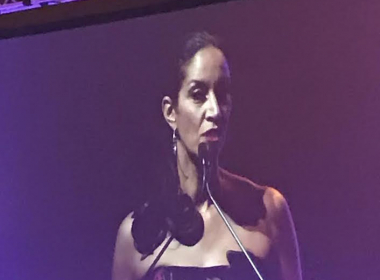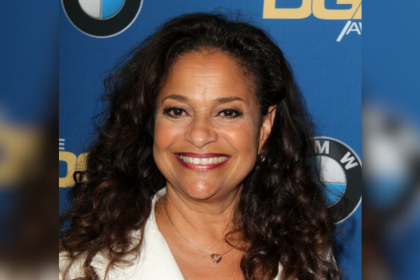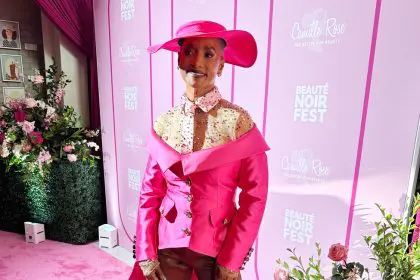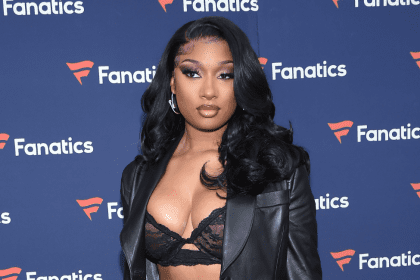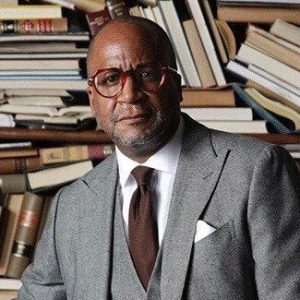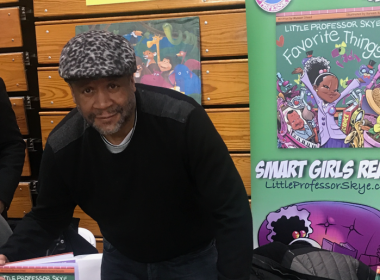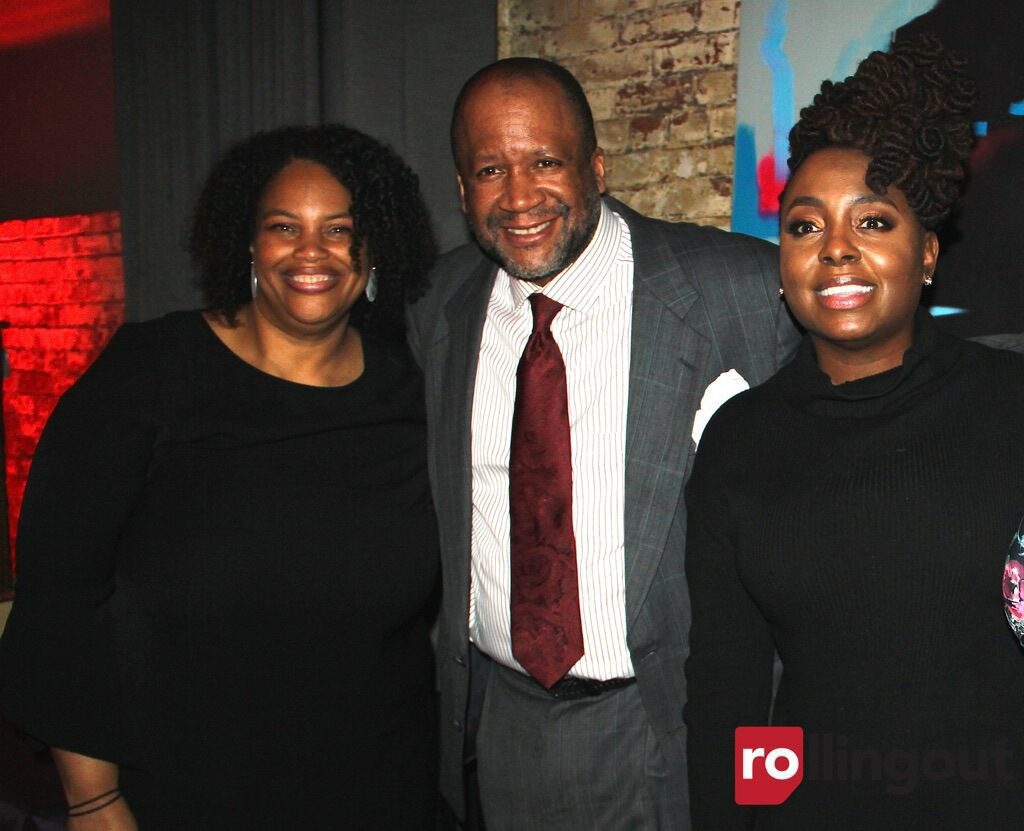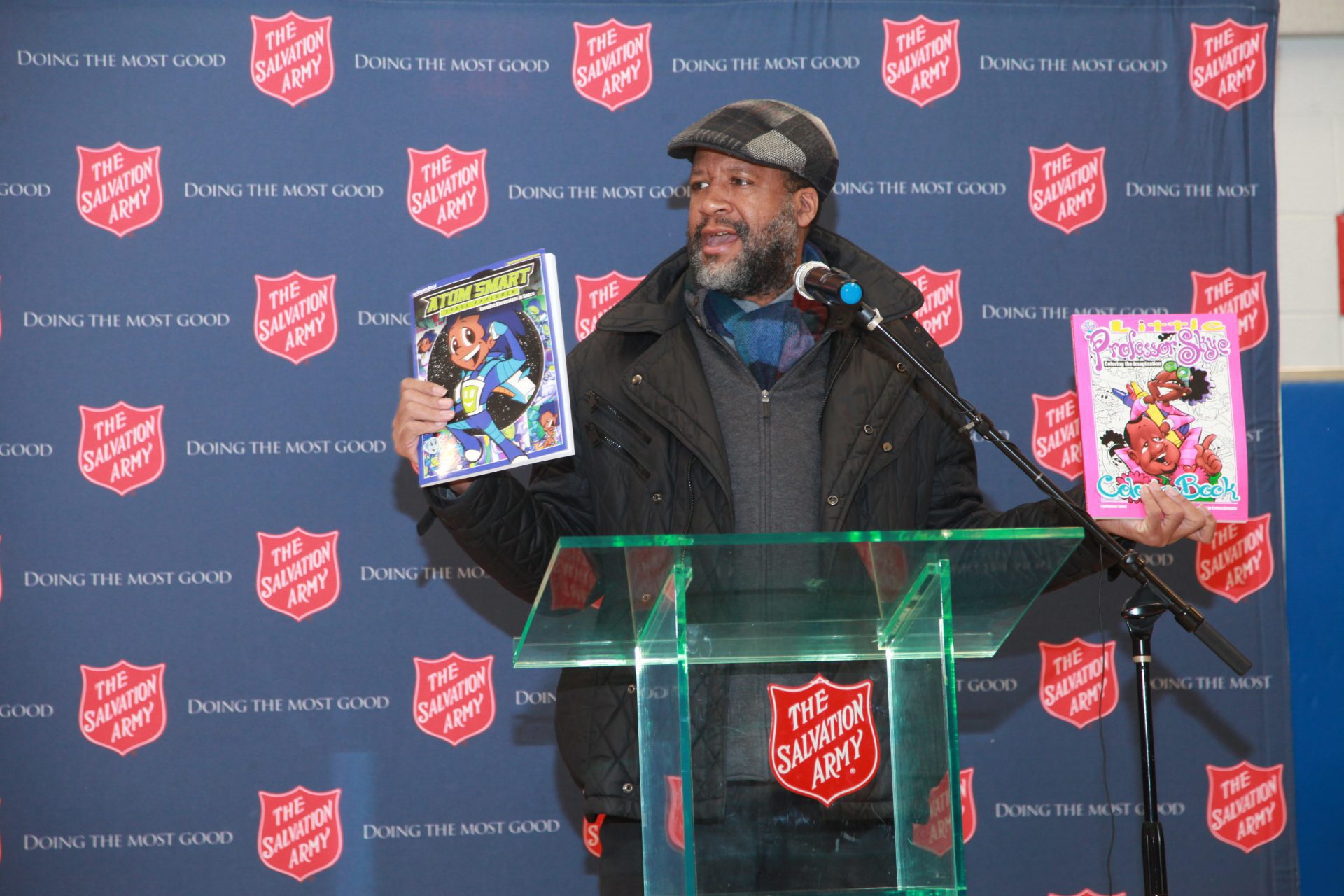Macy’s Inc. CEO Terry J. Lundgren is doing a phenomenal job showcasing and executing Macy’s best in class vision for the retail industry by building relationships with not only civil rights leaders in the Black community ranging from the Rev. Al Sharpton to Marc Morial of the National Urban League, but with leadership from the publishing world, including Michelle Ebanks, president of Essence Communications Inc; Butch Graves, CEO of Black Enterprise; as well as myself, Munson Steed, CEO of Steed Media Group and publisher of rolling out; and Dr. Ben Chavis, president and CEO of the National Newspaper Publishers Association. Macy’s best in class model is about having access and being able to have a candid, civil and respectful conversation with African American-owned businesses and community leaders. Macy’s recently hosted a meeting designed to get feedback, inform the community, and share their vision of the impact that Macy’s can make.
The conversation was not one that was easy as we were talking about the changes that were happening among the executives at Macy’s and the Black community. One of the topics of discussion led by the asset protection team addressed the issue of relations with community shoppers and the police and how Macy’s has developed a new approach to their business model. Unequivocally, the CEO addressed diversity issues from the outset of the conversation as he welcomed and informed business and community leaders by sharing the vision that although Macy’s is not perfect, it is committed to its relationship with the Black community and I was willing to listen. It was at that moment that Rev. Sharpton brought up the importance of Macy’s expanding its relationship with Black publishers and Black-owned businesses.
Butch Graves offered examples of how to become one of Black Enterprise’s top 50 businesses, in that a company could not get it just by advertising but by meeting a specific set of criteria demonstrating its commitment to diversity, especially in its hiring practices. Having Black executives and board members is a key component in illustrating a company’s commitment to the Black American community.
Macy’s CEO discussed the creation of 15,000 jobs for the summer and how he was hoping that it would help the community. He also invited 30 CEOs in New York to do the same, to participate in growing a relationship with the community and to hire those who needed the guidance and the opportunities that were offered at Macy’s and other companies who were willing to participate. He also emphasized the importance of skill development and even mentioned the issues Baltimore is facing and the correlation between poverty and lack of jobs. He encouraged others to consider taking his local employment program and challenging CEOs of Fortune 500 companies across the country to meet and to create a national jobs program.
National publications addressed the issues that they are facing and how to increase the number of publishers participating. Community leaders spoke about all of the issues that they are facing and shared subjects that seemed intense but were worked through in that moment. Curley Dossman, chairman of The 100 Black Men of America Inc., brought the issue of jobs to a more pointed observation by suggesting that Macy’s should consider focusing on how more business can be done with the Black business owners and job creators in the Black community.
Toward the end of the meeting the very essence of what it takes to be respected as a community was addressed. Lundgren did what many CEOs of Fortune 500 companies are afraid to do: meet with Black publishers and commit to making changes. There were high points from the event, including the acknowledgment of Black vendors like Sean John whose product lines are performing well at Macy’s. For those product lines that were not meeting sales expectations, Macy’s offered an opportunity to participate in their workshops. Macy’s also highlighted its outreach programs such as their partnership with Haiti and recruitment efforts with HBCUs. Lundgren concluded the conversation by expressing that there’s more that needs to be done and more that will be done and we’re on our way to continuing to move forward.
The discussion that took place in this meeting serves as an example of what Fortune 500 CEOs should be doing if they’re working to make changes and not have the disparity that we see across the nation. It was not perfect by any means, but hats off to a CEO who doesn’t have to but chooses to meet with Black publishers like me and isn’t afraid to meet with community leaders. The challenge now is for other CEOs to call and begin to have dialogue with and do business with Black-owned companies and brands. As Macy’s is best in class, the company is creating at least the dialogue and demonstrating the willingness to say that there is a path toward a better relationship in the future.














